[ad_1]
Profitable partnering requires belief, honesty, and connection. A productive partnership doesn’t often come instantly, however is as an alternative developed by considerate and intentional work. Communication abilities are important. Whether or not you’re touching base after class or rehearsal, within the midst of a pas de deux on opening evening, or anytime in between, there are a lot of methods to share your emotions and be heard.
Working With Phrases
Earlier than, throughout, or after class or rehearsal, be at liberty—and even inspired—to speak by your wants together with your dance associate. Talk about what’s going easily, what wants enchancment, and the way they will present optimum help. Open communication not solely establishes a basis for profitable collaboration but additionally makes it simpler to remain on the identical web page onstage.
Mikaela Santos, a dancer with Atlanta Ballet, explains that it’s essential to speak discomfort together with your associate, although it may be daunting to supply suggestions that could possibly be perceived as unfavorable. “I’ve positively had occasions when one thing is uncomfortable for me and I didn’t have the center to inform my associate,” she says. “Inform your associate straight up, be trustworthy with them, and simply inform them ‘Can we work this out?’ ”
In case your associate is having a tough time understanding your standpoint, Martín Rodríguez, co-founder of Ballet Nepantla, a New York Metropolis–based mostly modern Mexican folklórico firm, says that utilizing metaphors or easy phrases can assist alleviate confusion.
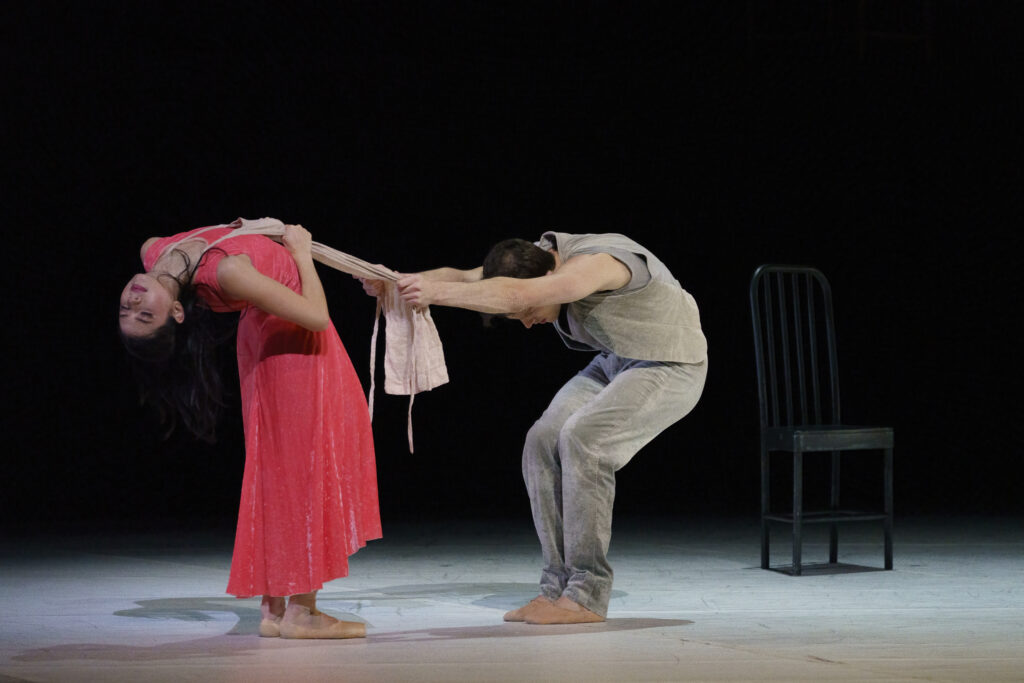
Let the Physique Speak
As a result of it’s much less simple to speak onstage, dancers typically depend on nonverbal communication strategies like contact, strain, and eye contact to talk to their associate with out making a sound. Creating these communication abilities can show a bit extra elusive than verbal language, although, so it’s essential to begin engaged on them earlier than opening evening.
To familiarize your self with utilizing weight and resistance as a type of communication, Rodríguez and his dance associate Maria Gracia Perez Munoz, additionally a performer with Ballet Nepantla, advocate a easy weight-sharing train by which dancers maintain one another’s arms whereas leaning away from each other (see sidebar). Perez Munoz notes that this train can be finished by leaning into your associate as an alternative of leaning away. To degree up, experiment with various the factors on the physique from which you apply and obtain strain. “Begin in search of factors of help, the place each our bodies contact,” she explains. “You’ll be able to both slide by the pores and skin or roll, which implies altering the factors of help on a regular basis.”
The eyes can also function a strong technique of communication for dancers onstage. As soon as you identify a robust connection together with your associate, eye contact turns into a method to deepen that bond. “You look to the eyes first to know what you’re going to do, like a telepathic communication,” Perez Munoz explains. “After which the physique does one thing.” Easy in-class workout routines, reminiscent of sustaining eye contact whereas engaged on improvised or choreographed phrases, can assist bolster this talent.
Listening In
Whether or not your communication is verbal or nonverbal, it’s essential to actively take heed to your associate, tuning in to their wants, preferences, and methods of transferring. In response to Patric Palkens, one in every of Santos’ companions at Atlanta Ballet, listening can imply anticipating your associate’s choreography, so you’ll be able to make sure you’ll be there to help them once they want it. Utilizing the context of a classical ballet pas de deux, he explains: “Since you’re standing behind her and he or she doesn’t flip round to observe you, it’s important to watch her.”
Listening to your fellow dancer will even assist construct belief, which is a necessary a part of a profitable partnership. Perez Munoz says workout routines like belief falls can assist with this, and he or she additionally recommends an train the place one associate leads the opposite by area. “An individual closes their eyes, and the opposite individual is main them by area by placing a hand on their again and holding the opposite,” she says, explaining that it’s the accountability of each the chief and the follower to ensure they keep involved.
Palkens, Santos, Rodríguez, and Perez Munoz all agree that being an excellent associate is a course of. It takes time to discover ways to transfer with and anticipate the wants of one other dancer, particularly whereas additionally navigating the myriad calls for of a dance efficiency. “In the event you don’t click on to start with, and the communication doesn’t occur naturally, I believe that with time you modify,” Perez Munoz says. “When you get to know what your associate likes, then you definitely’re going to have the ability to lead or comply with in a method they really feel comfy with.”
Sharing Weight
Ballet Nepantla dancers Martín Rodríguez and Maria Gracia Perez Munoz advocate this train to get comfy speaking together with your associate nonverbally.
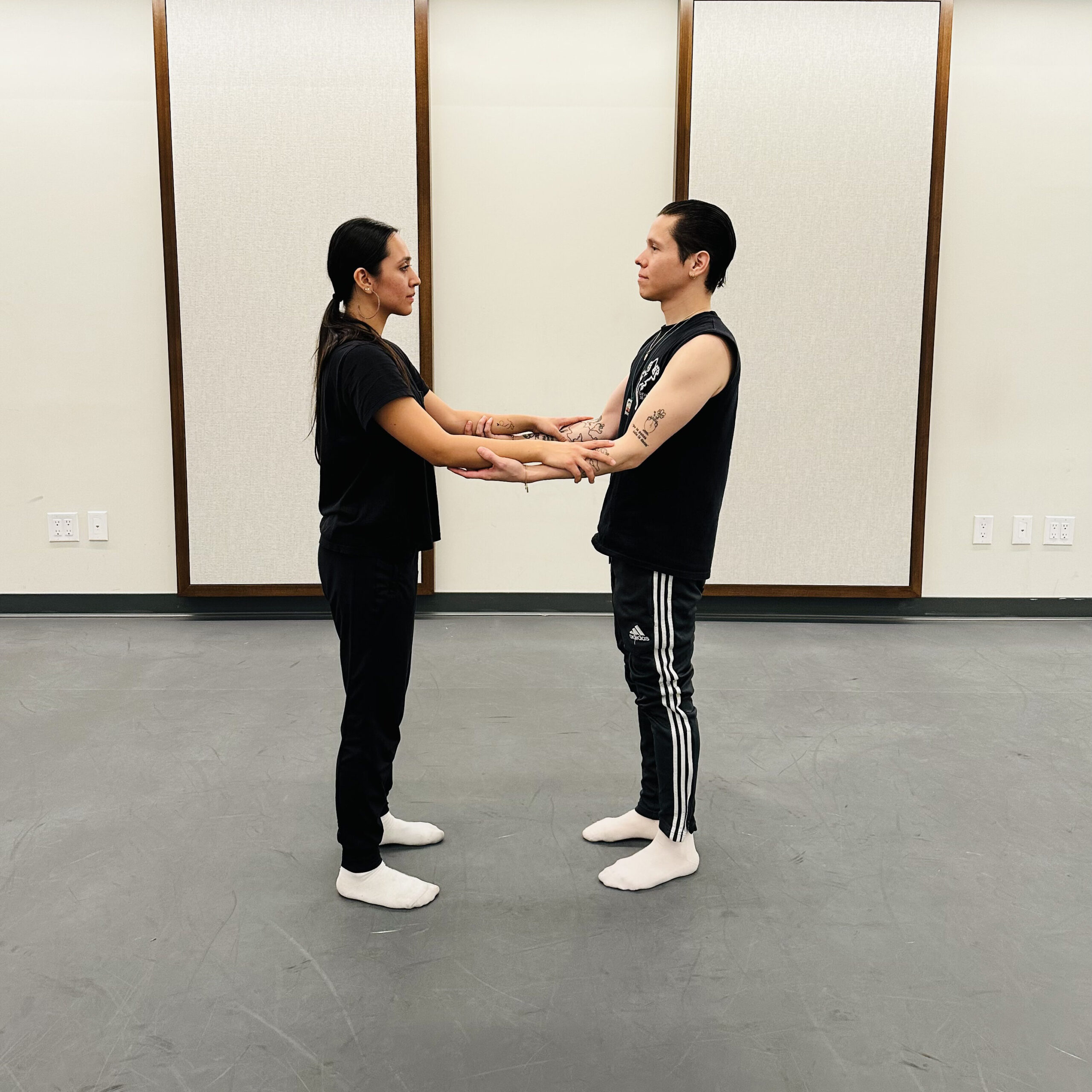
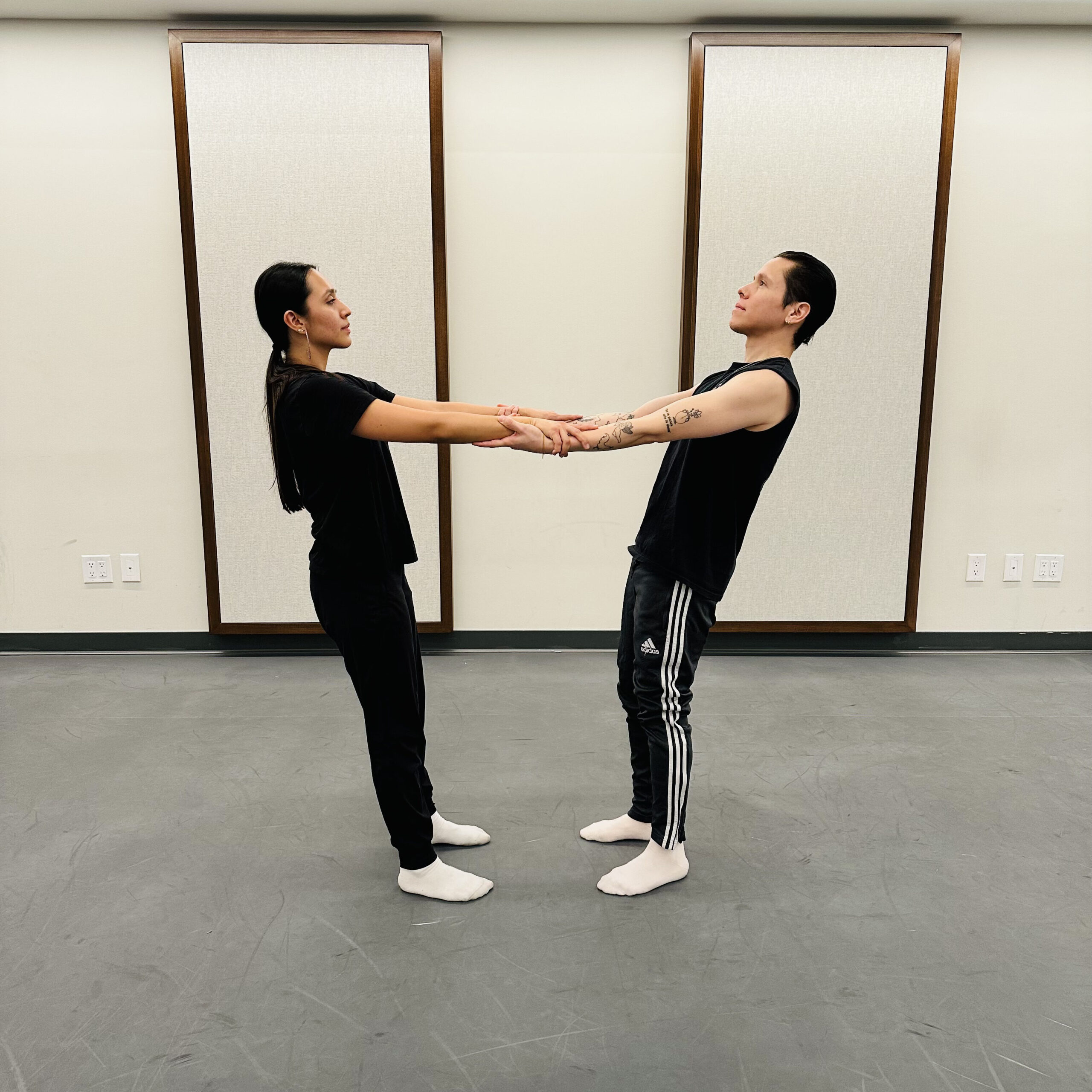
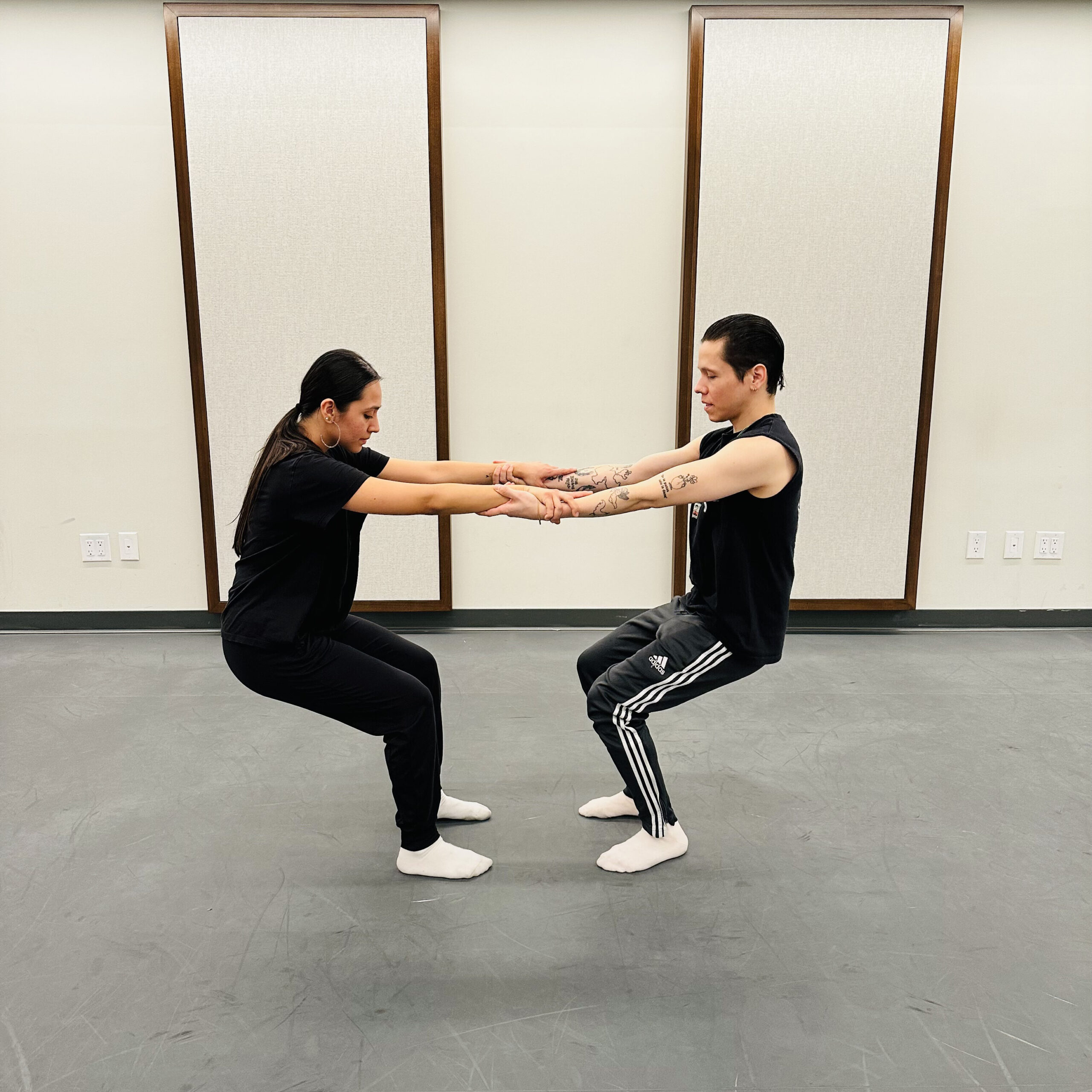
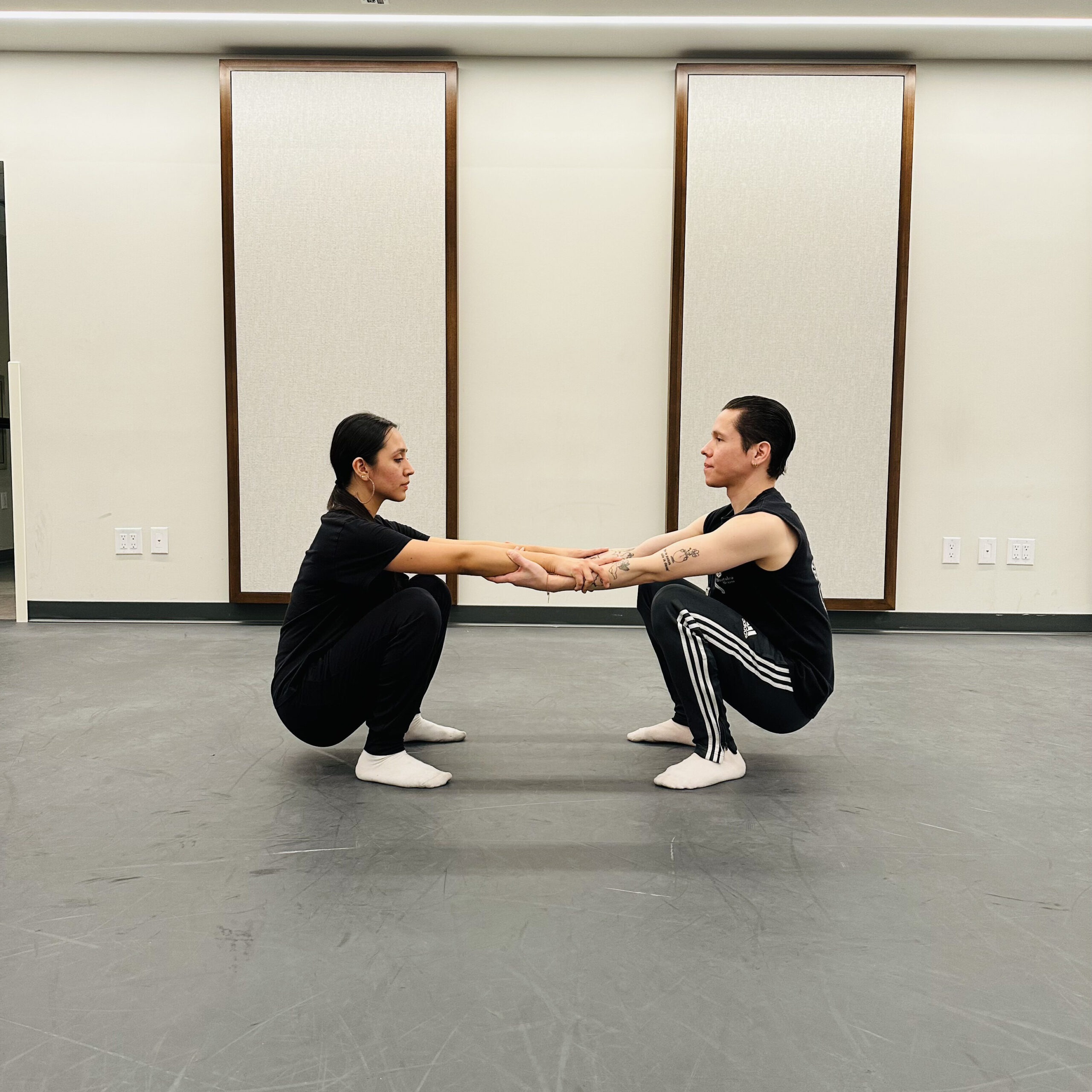
[ad_2]